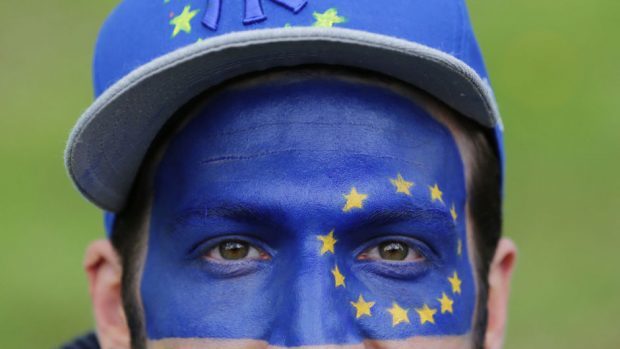Post-Brexit Scotland will struggle to compete for EU workers, according to a new report, with north-east employers already feeling the pinch.
Academics interviewed more than 200 EU nationals working in the region, who said more restrictive immigration policies would make them look further afield for work, including Australia, Canada and the USA.
Glasgow University’s Rebecca Kay confirmed they had chosen the north east, because councils had identified it as a region needing inward migration due to a decreasing working population.
She said: “These are councils who said they wanted to attract new migrants. It’s not about a revolving door of temporary workers but wanting new people to come and settle.
“There are a lot of people from the EU in north-east Scotland, so the impact of a more restrictive immigration policy could be massive for the region.
“In social care, for example, there are real concerns because there are already vacancies going unfilled and further restrictions could lead to more bed-blocking, pressure on the NHS and longer waiting lists.”
Prof Kay argued the research showed the UK Government should be thinking more about how to attract immigrant workers and move away from hostile environment policies.
From her perspective, EU nationals had choices about where to go in the world and the north-east could easily drop down their list of preferred countries.
She added: “There is this assumption migrants will come here no matter what and we shouldn’t rely on that. In the last 10 years, almost without exception, people came here because they already had a connection.
“But someone who came here because they have an auntie in Peterhead is just as likely to have a sister in Germany, a relative in Australia and have spent some time in Norway – they don’t have to come here.
“These people are saying they will look elsewhere because the things that have drawn them to the north-east won’t be there anymore.
“We don’t have to have a restrictive scheme based on temporary permits, because that is not necessarily in the best interests of the UK and places in north-east Scotland.”










